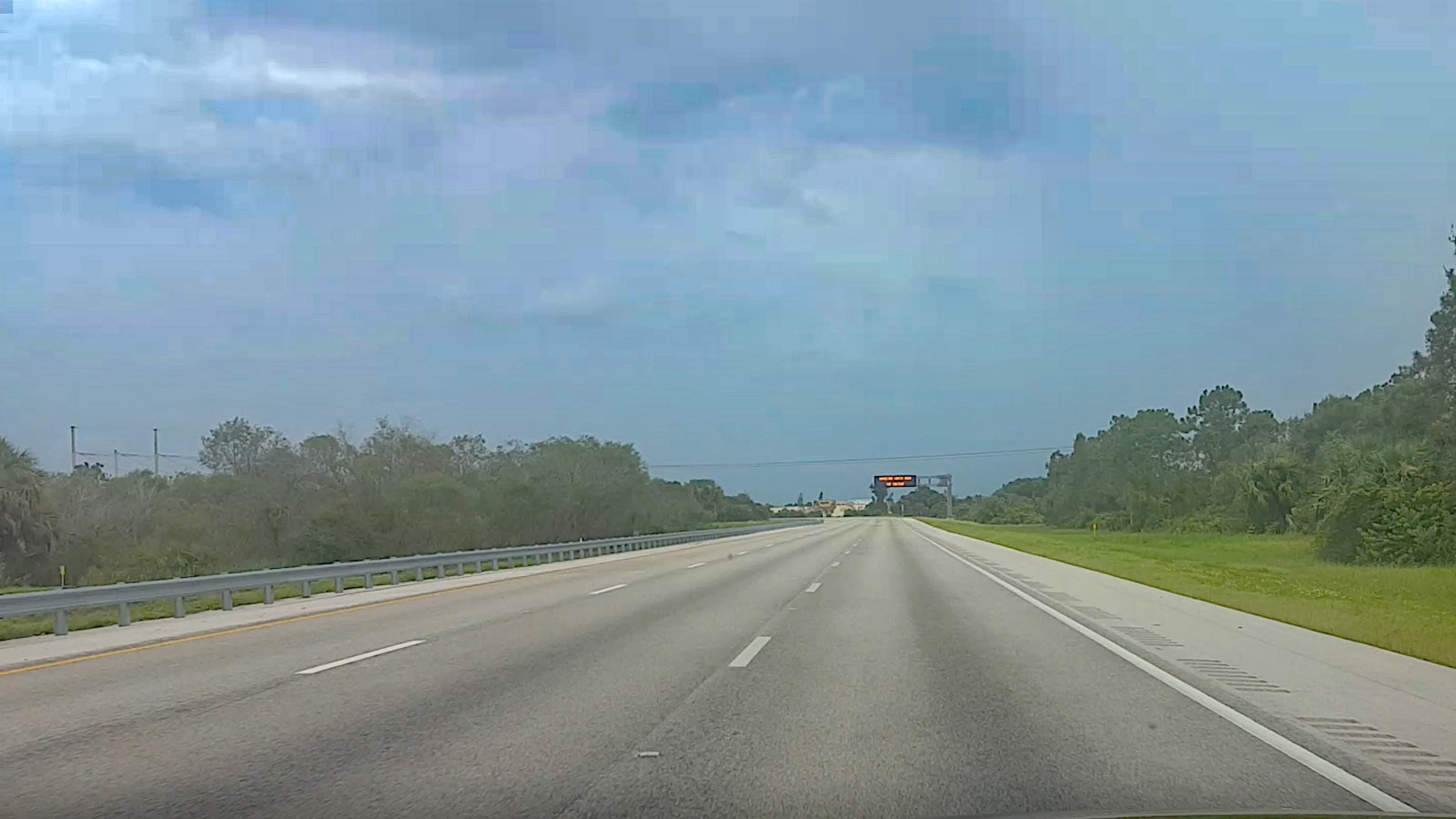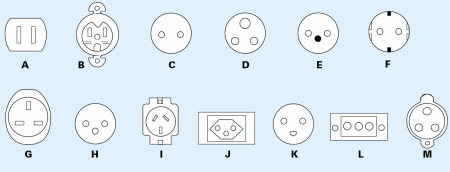PROGRAM
Day 0 Webinar - Tuesday 3 September 2018
During prep evening, the decision can fall where we go and when. If then it is already reasonably clear what the best country to go to, we will set a departure day and arrival location. The prep evening will be in The Netherlands, with an interactive webinar if you are not available to come.
If it is still too unclear, we wait a few more days with the decision. The aim is to be in the relevant area no later than three days prior to a possible 'landfall'.
Day 1 Departure
The departure date will vary between September 7th and 14th, while the return date will be 9 days later between September 15th and 22nd.
If the destination will be America or the Caribbean, then the arrival will most likely be the same afternoon or evening. If we fly out to Asia, we travel during night time and arrival will be the next day.
Day 2 (America) 3 (Asia)
Today, we will relocate to the area where the hurricane is most likely to go ashore. As a precautionary measure, we stock up on jerry cans of petrol for hurricane day, as gas will be almost impossible to get. We also buy non-perishable foods and drinking water for a couple of days.
Day 3 (America) 4 (Asia)
We position ourselves in a city somewhere on the coast and go exploring. If possible, we visit other cities and investigate safe places, such as hurricane-resistant buildings. We will also search for safe places to park our cars on hurricane day. We want them to stay dry in case of a storm surge and away from dangerous hurricane winds.
We prepare our photo and video equipment: how do you ensure that it continues to work in heavy rain? How do you protect vulnerable electronics? We pack all our luggage in plastic bags and check our construction helmet and snorkel goggles.
Day 4 (America) 5 (Asia)
Day of the hurricane. We take one final decision about which city we choose. We leave our accommodation and park the cars in the place we have chosen in advance.
And then it starts! We let the hurricane come over us and will not do anymore driving. We wait patiently until the time comes. A number of phases can be distinguished when a hurricane passes:
Phase 1: Hurricane is approaching: the wind is gradually increasing and the rain is becoming heavier and heavier.
Day 4 (America) 5 (Asia) - continued
Phase 2: Hurricane is closing in: the wind is at its peak in the so-called 'Eye Wall', the heavy rain is racing through the streets horizontally. Eye wall tornadoes can also occur.
Phase 3: We're in the eye of the hurricane: the winds are easing down. it is almost dry and with a bit of luck, we see the sun illuminate massive cloud walls on the edge of the eye.
Phase 4: The winds will pick up to hurricane winds as the Eye Wall crosses our location once again. But this time, the winds are coming from the opposite direction. Visibility will drop as heavy rain sweeps through the streets.
Phase 5: The hurricane pulls away: the wind and rainfall are gradually decreasing
Day 4 (America) 5 (Asia) - continued
With every hurricane there is also a chance of a so-called 'surge': that is the pushing of the ocean water by the wind and the air pressure differences inside the hurricane. Often they cause flooding, sometimes more than 5 meters. It is therefore always important to have a fall-back opportunity to higher floors in a building or parking garage. Depending on the direction of migration and the precise topography of the environment, such a surge will occur before and during the passage of the eye, or well after passage of the eye.
The total time span for all phases is usually between 6 and 8 hours.
At the end of the hurricane, we decide what we do: is it safe to drive away and search for a place to stay, or do we stay overnight in or near the car? Obviously, If we will help people along the way if they are in need.
Day 5 (America) 6 (Asia)
Today we will rest, or we will still be chasing the hurricane if it makes landfall in a later stadium. Otherwise we will rest all day, preferably in a comfortable hotel with swimming pool. We will also need our time to process everything we experienced yesterday - not to mention the photo and video footage we need to go through.
Day 6-7 (America) 7-8 (Asia)
Potentially the very last spare days. Otherwise we will visit a city, national park or other attraction. There are countless possibilities. Or we stay at the hotel and take it easy, go for a swim and enjoy the local cuisine.
Day 8 (America) 9 (Asia)
Return flight home with arrival on day 9.

GOOD TO KNOW
You travel to distant regions with sometimes exceptional circumstances. Often you need a visa, but you will certainly have to take into account clothing. In addition, many countries have different electricity plugs. Because we do not yet know exactly what our destination is during this trip, you will be informed well in advance about a number of requirements.
What has to be arranged before is a visa for the United States. That almost always goes fast, but I can take the practice longer. Even if it is a good thing that we do not go to America, we expect you to arrange a visa a few weeks in advance.
Passport and visa
All this information applies to people with Dutch nationality. For other countries within the EU, the conditions will usually not be different. If you do not have Dutch nationality, check online what the exact conditions are for you.
United States & Puerto Rico
You need an ESTA, a visa that can only be requested via the internet. It usually takes a few days and the costs are $ 14. Easy to request via the website of US Customs and Border Protection. The passport must be valid for another 6 months after return.
Dominican Republic
A visa is not necessary. We do need a tourist card, which we purchase at the airport for € 10. The passport must be valid for another 6 months after return.
Nicaragua
A visa is not necessary. The passport must be valid for another 6 months after return.
Honduras
A visa is not necessary. The passport must be valid for another 6 months after return.
Belize
A visa is not necessary. The passport must be valid for another 6 months after return.
El Salvador
A visa is not necessary. The passport must be valid for another 6 months after return.
Mexico
A visa is not necessary. The passport must be valid for another 6 months after return.
Philippines
A visa is mandatory but is actually a formality. Upon arrival at the airport we receive a free visa for 30 days. The passport must be valid for another 6 months after return.
Taiwan
A visa is not necessary. The passport must be valid for another 6 months after return.
Vietnam
A visa is needed, but in principle it can be arranged quickly. For this we buy an authorization letter so that we can purchase a so-called 'visa on arrival' upon arrival at the airport. The total costs are approximately 35 euros. The passport must be valid for another 6 months after return.
Japan
A visa is not necessary. The passport must be valid for another 6 months after return.
Vaccinations and health
We recommend that you check your vaccinations for DTP and hepatitis A for validity. If they are no longer valid, or if you do not have them, then they are recommended for most of the countries we are going to.
If we go to Vietnam or the Philippines, a vaccination of typhoid fever is also recommended.
None of these vaccinations is mandatory. It is your own decision what you do and do not do. Also check your local travel vaccination website for more information on this subject.
Electricity plugs
It depends on the country where we are going. Take at least world plugs.
Time difference
In the US and the Caribbean it is 5-7 hours earlier than in Western Europe. In Asia it is usually 5-7 hours later.
Clothing
We go to warm areas with temperatures during the day around 30 degrees. During the evening and night it does not get much colder than 20 degrees. Do take a raincoat and pants with you. You need it on the day of the hurricane. Easy-fitting sports shoes are also essential for the day of the hurricane. You also walk through flooded streets, sometimes to knee height.
Phone & internet
Where possible we will install a WiFi hotspot in the car for your convenience, without any charge. We will ask you to turn off all automatic updates of apps and photos to cloud services. It is often possible to call via the internet, but here again we will ask you to turn off the video.
Flight schedule
The destination will only be known a few days in advance. That's when we book all the flights. As a result, the prices are usually higher. We expect a surcharge of € 100 to € 500 on the normal ticket prices of € 400 - € 800 from airports like Amsterdam, Dusseldorf, Paris or London.
We travel as much as possible with reputable airlines such as KLM, AirFrance & Delta from SkyTeam.
Below are some examples of flights for September 2018. Airline companies can make changes to this. The time schedules mentioned are therefore indicative. Our actual flights can be with another airline and / or with other (or more) intermediate stops.
(examples)
Amsterdam-Miami
Arrival day 1: 10: 35-17: 20 Air France via Paris
Return day 8/9: 19: 40-13: 00 Air France via Paris
Amsterdam-Santiago (Dominican Republic)
Arrival day 1: 14: 30-22: 53 Delta via New York
Return day 8/9: 13: 25-13: 25 Delta via New York & Minneapolis
Amsterdam-Manila (Philippines)
Arrival day 1/2: 17: 00-15: 25 KLM via Hong Kong
Return day 9: 07: 55-18: 20 KLM via Hong Kong
























